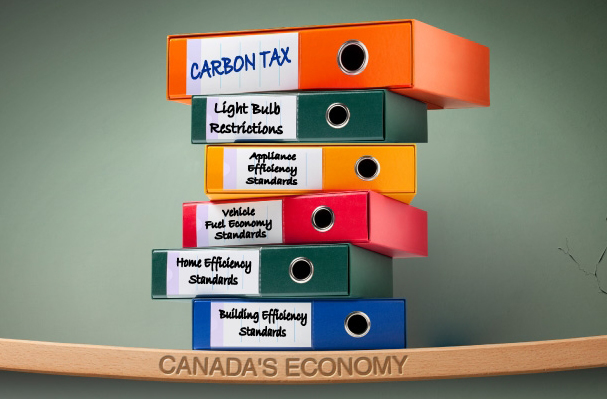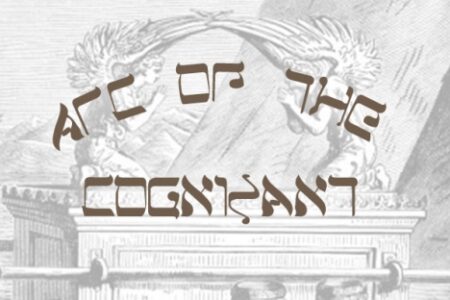Practical realities of carbon taxes and cap-and-trade systems across Canada undermine potential benefits
Governments across Canada fail to properly implement carbon-pricing schemes, which could, in theory, both reduce greenhouse gas emissions and improve the economy, finds a new study released today by the Fraser Institute, an independent, non-partisan Canadian policy think-tank.
“Carbon-pricing in Canada doesn’t work the way ivory tower economists envision, and instead has become just another tax,” said Kenneth Green, Fraser Institute’s senior director of energy and natural resource studies and author of Poor Implementation Undermines Carbon Tax Efficiency in Canada.
The governments of Quebec, Ontario, Alberta and British Columbia have all implemented forms of carbon pricing (carbon taxes, cap-and-trade). And the federal government plans to set a carbon price “floor”—a minimum value that each province must put on carbon emissions.
In theory, pricing carbon can reduce greenhouse gas emissions without unduly harming the economy. But according to the study, for carbon taxes and cap-and-trade systems to work as envisioned, three primary conditions must be met:
- the carbon-pricing system must replace, and not be in addition to, other emission regulations;
- it must be revenue neutral and used to reduce other more damaging taxes such as personal and corporate income tax;
- governments cannot subsidize substitutes for carbon-emitting activities such as solar and wind energy projects.
Unfortunately, carbon taxes and cap-and-trade systems across Canada don’t meet these conditions.
For example, Alberta’s carbon tax, and the cap-and-trade systems in Ontario and Quebec increase government revenue (so these schemes are not revenue neutral). Moreover, these systems have been layered on top of existing regulations. And all three governments subsidize alternative energy sources.
Even in B.C., where the carbon tax is again revenue neutral after years of being a net revenue source for the provincial government, myriad emission regulations—fuel economy standards, appliance efficiency standards, green building standards—remain in place.
“True carbon-pricing relies on markets—not governments—to identify the best way to manage emissions,” Green said.
“As governments in Canada and beyond increasingly tout the benefits of carbon pricing, it is imperative that we understand the practical realities of such systems instead of just discussing the theoretical possibilities.”
























